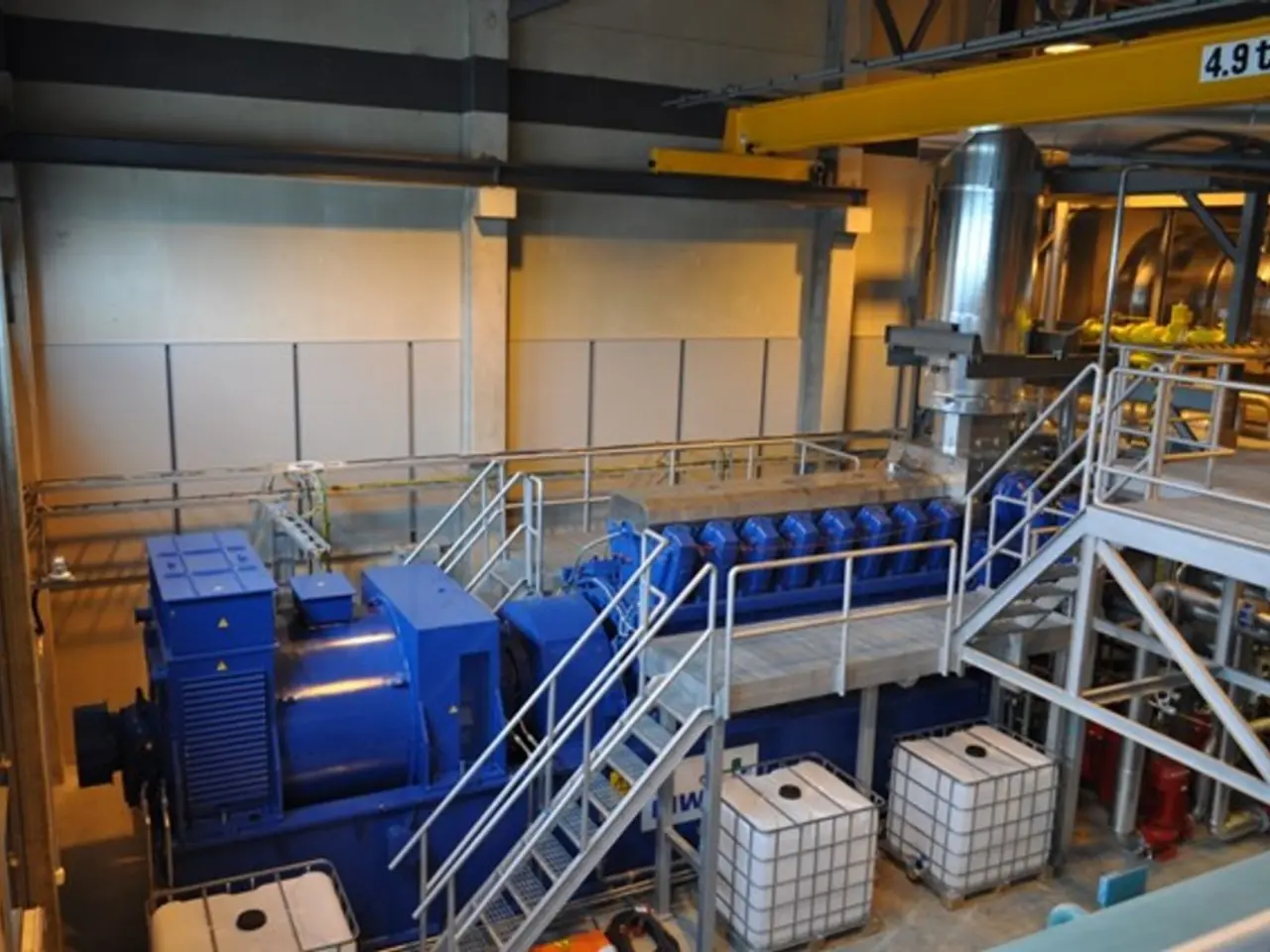Indian roads have seen a comeback of the iconic Tata Sierra model. Catch a glimpse of this old favorite.
Tata Motors, one of India's leading automobile manufacturers, is set to reintroduce the iconic Tata Sierra, this time as an electric vehicle (EV) aimed at catering to both traditional SUV enthusiasts and the growing base of EV buyers in India.
The Sierra EV is expected to make its debut in the financial year 2026, marking a significant milestone in Tata's electric vehicle (EV) portfolio. The design of the Sierra EV appears to have evolved from the concept displayed at Auto Expo 2025, with features like aero-style alloy wheels, a roof-mounted spoiler, and a shark fin antenna. However, it's important to note that the performance specifications and features of the Sierra EV are distinct from those of the concept version.
The exterior of the Sierra EV is expected to feature a tall and flat front end, squared-off LED headlamps arranged vertically, a large air intake area for Advanced Driver Assistance Systems (ADAS) features, flush-mounted door handles, a rear bumper with an integrated number plate holder, and wraparound LED tail lamps. The interior is expected to offer a tech-rich experience, featuring a large touchscreen infotainment system with wireless connectivity, a fully digital driver display, a panoramic sunroof, a floating-style centre console, and haptic touch controls on the steering wheel. Premium features such as ventilated front seats, a 360-degree camera system, and a full suite of ADAS are also expected to be included.
For the internal combustion engine (ICE) variant, Tata Sierra is expected to offer engine options including a 2.0-litre diesel engine and a 1.5-litre turbo-petrol engine. Both engine options are likely to be paired with either manual or automatic transmissions. The electric Sierra, on the other hand, is expected to have an approximate range of 500 km on a full charge, with some variants potentially offering between 450 km and 550 km depending on battery pack and drivetrain configuration.
The Sierra EV is being developed in two versions: all-electric and ICE. Both the electric and ICE versions will be distinct offerings in Tata's vehicle lineup. The electric Sierra will be positioned as Tata's flagship EV, above the Curvv EV and the Harrier EV in the lineup.
The launch of the Tata Sierra EV is not expected to affect the launch of the Curvv EV, Harrier EV, or any other EV in Tata's electric vehicle portfolio. The Sierra EV's debut is expected to further strengthen Tata's electric vehicle portfolio, solidifying their position as a key player in India's EV market.
[1] Tata Sierra EV Range Estimates [2] Tata Sierra EV Performance Specifications [3] Tata Sierra ICE Engine Options
[1] The electric Sierra EV is estimated to have an approximate range of 500 km on a full charge, with some variants potentially offering between 450 km and 550 km depending on battery pack and drivetrain configuration.
[2] It's important to note that the performance specifications and features of the Sierra EV are distinct from those of the concept version.
[3] For the internal combustion engine (ICE) variant, Tata Sierra is expected to offer engine options including a 2.0-litre diesel engine and a 1.5-litre turbo-petrol engine. Both engine options are likely to be paired with either manual or automatic transmissions.




